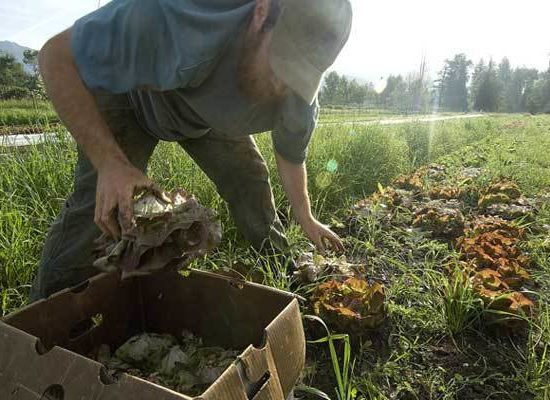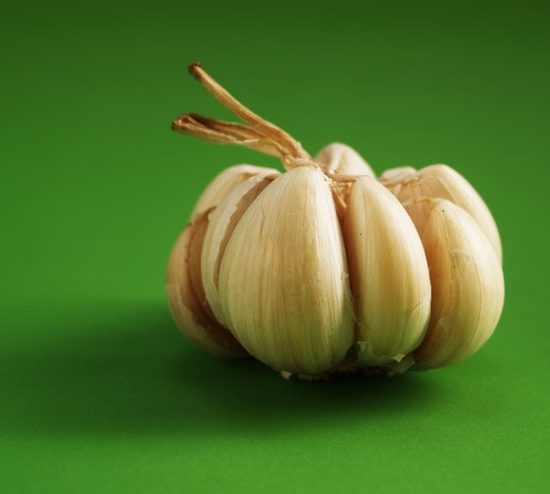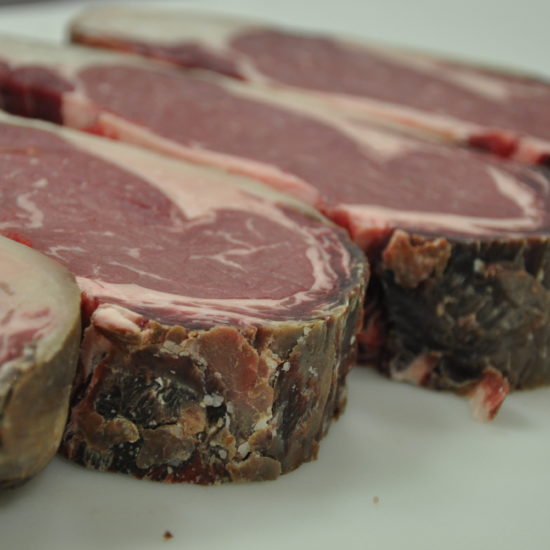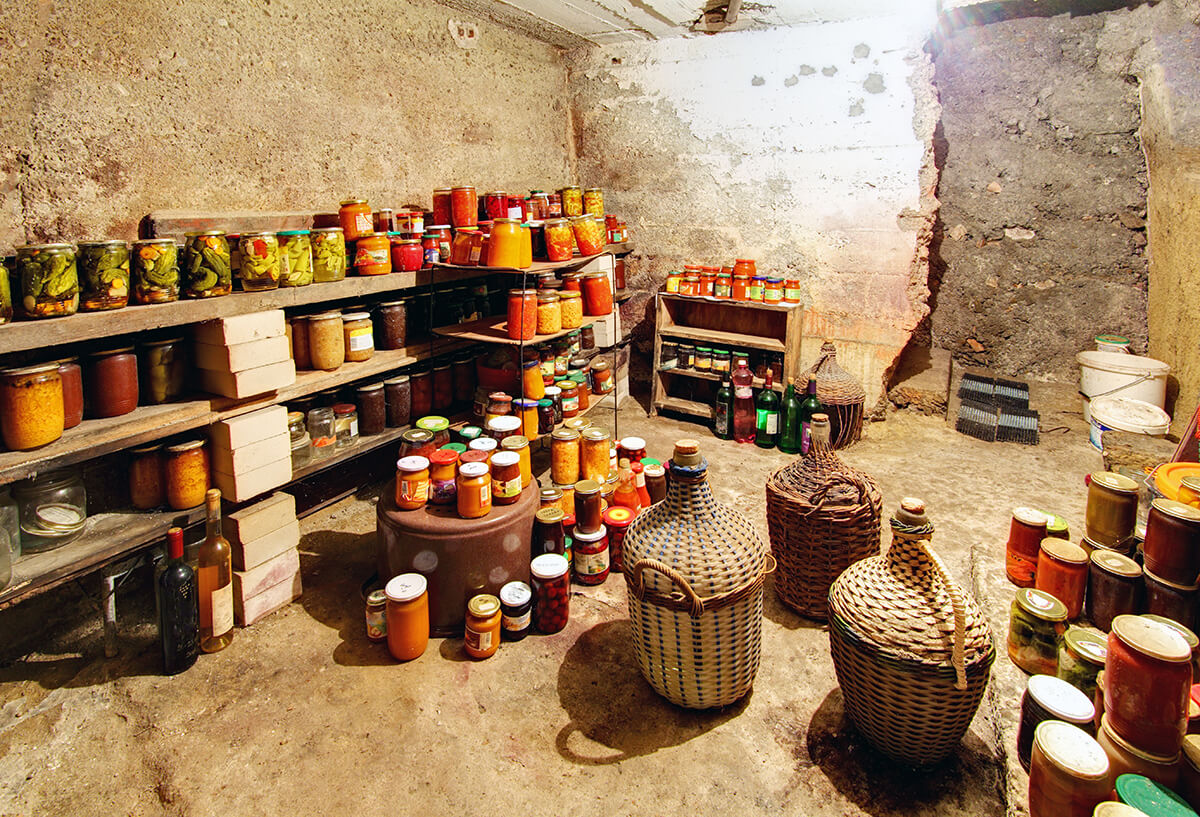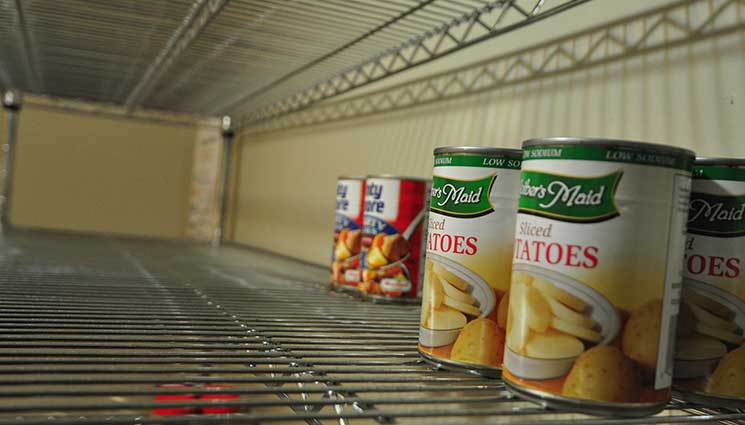
What happens when you have eaten through all your supplies of dehydrated, canned, and stored food? Even the most optimistic among us should not begin eating on your stores of food without giving a thought as to what comes next. What if the next emergency lasts two years?
When your freeze dried food or packaged foods and stockpiles of hard red winter wheat are gone, you will have to have a plan for keeping your family fed. Not only do you have to worry about where the food will come from, but there won’t be any nutritional labels anymore if we are “eating off the land”.
Thinking about food differently than what we have been used to, for what have amounted to decades of prosperity in the United States is not always easy. Maintaining a proper balance of food may be difficult or even impossible. What if you are barely able to get enough food to survive?
What I want to discuss is planning for renewable food options that will give you a balanced nutritional supply to keep everyone in your group healthy.
The essentials
Foods are broken down into three groups: carbohydrates, fats, and proteins. You need a balance of each of these things to maintain a high level of health. Some foods may contain mixtures of both groups. Nuts, for instance, are primarily a source of fat and protein. Providing these and other vital foods to your body cuts down on the stress your body must endure in a survival situation, allows your brain to function and keeps your immune system from being vulnerable to viral and bacterial attacks.
When you have to reduce the amount of food you are taking in, the body starts reverting to using the energy you already have stored. Your body stores energy in the muscles and fat. This is where the body pulls its energy from if you are forced to go without food for any period of time. Ideally, you are not pulling from your body’s reserves at any time, but providing your body the fuel it requires for survival.
Sources of Protein
It is important to plan now for a renewable source of each of the different types of nutritional elements you will need to stay healthy.
Meat of course, canned meats or dehydrated are the simplest options, but once they are gone what will you eat? I know a lot of people who say they are going to walk into the nearest state park and hunt for game. This will work well for a few people until all of the big game has moved on or has been killed.
The easiest way for most people to have their own renewable source of protein is raising chickens and rabbits. Chickens pull double duty as egg layers and a source of meat. Rabbits are prolific at reproducing. That’s why there are several sayings that have rabbits at the heart of the pun… Rabbits are easy to raise and don’t take up much room.
In the garden, beans are wonderful because they are relatively easy to grow and you have the seeds for next year’s crop right there. I also recommend these for stocking up initially as they have a long shelf life. Beans are also one of the most economical items to stock up on as you can buy a 10 pound bag for a few dollars. That same bag will give you a lot of meals if you augment the beans with other supplies.
Barley also contains protein, but few people would be able to grow enough barley to feed their family. If you have a large plot of land, this may be a good option.
Nuts are a wonderful natural source of protein and nut trees can be grown in most climates. You have to harvest quickly, though, because there will be other hungry critters out there trying to get to your nut tree first.
Important note: If you are rationing water supplies and still searching for a clean drinkable source, you will want to cut down on your protein intake. Proteins produce urea which your body flushes out of the kidneys. In order to process the urea properly, your body must have ample amounts of water. Therefore, lack of water would be problematic if combined with a night of indiscretion where you find yourself consuming large quantities of jerky and salt pork and chasing it with the only bottle of Macallan whiskey left on the planet. Living like this on your final rations would cause you to die of dehydration before starvation.
Sources of Fat
Fresh meats contain fat. Wild animals will have less of this and rabbits as I mentioned above are actually very lean so you wouldn’t want to rely on that meat for your daily fat intake. Chickens aren’t the same and are wonderful sources of both protein and fat. Fishing is a good source if you live near a body of water that isn’t polluted or over fished by the others who don’t have a supermarket to go to anymore.
Avocados, nuts, and flax seed are great sources of healthy fat also. Avocado can be grown in some climates, nuts and flax seed can be stored, but do not have a long shelf life. Again, growing your own is your best bet.
Sources of Carbohydrates
All fruits and vegetables and this is the primary reason behind your own garden. Depending on where you live, there will be a sufficient variety of vegetables that can be grown to provide you with all of the Carbs you need. Making sure you have this taken care of before the SHTF is a crucial item to consider. You aren’t going to go dig up your back yard very easily and plant a bumper crop of Martha Stewart worthy veggies your first year.
Grains and rice or any foods that contain these items or are made with flour (grains such as wheat are best kept in their whole wheat berry form; it can keep for up to 30 years in its raw state in a vacuum sealed container or bucket). Growing wheat is a great option if you live in the mid-west as a rule. This won’t be feasible for city dwellers in sufficient quantities unless you take over a golf course or a football field and re-purpose them. Not that this isn’t possible, but grains would be lower on my list of possible replacements.
Sugars and honey (honey is the best for storing because it has a virtually endless shelf life; it may crystallize over time, but it is still good). This is one reason why so many Preppers raise bees. They not only pollinate the garden and your fruit and nut trees, but they make wonderful honey.
Simple Rules to Remember
- Simple sugars like candy are carbohydrates, but they break down very quickly. They may give you a boost of quick energy, but you will quickly hit a wall and be depleted and useless.
- In the event you find yourself without a good source of heat to keep your body warm, simple carbs will be your friend. The body uses them to tap into fat reserves and it will cause you to burn more calories, thus keeping you warmer. You should graze simple carbs to maintain your body temperature.
- Fats should be included in every small meal because fat combined with carbs gives your body a slow and steady burn of nutrients. You won’t hit a wall as quickly if you add fat to your meal.
- In higher altitude, cut back fat consumption because fat requires oxygen to oxidize their components. High fat intake increases the risk of altitude illness.
- Protein is necessary for the building and repair of body tissues. It regulates body processes such as: water balance, transporting nutrients, and making muscles work better. Proteins also aid in preventing the body from becoming easily fatigued by producing stamina and energy.
You can calculate your body’s protein needs with this formula: Weigh in pounds divided by 2.2 = weight in kg. Multiply weight in kg X o.8-1.8 and this will tell you how many grams of protein must be consumed.
Gorp Anyone?
What is the perfect food, you may ask? Good Old Raisins and Peanuts, or Gorp for short. The Native American Indians had survived many harsh winters and lived off the land well before we brought our refrigerators and local markets. They ate berries and nuts because this is the perfect mixture of all three components your body needs to survive. The berries or fruit provide essential carbs and nuts give your body the fats and proteins for sustained energy and strength. If you find yourself on the go and have to carry your food with you this is one of the best food sources available. I also recommend M&Ms even though I am pretty certain the Indians didn’t have access to them. They are a source of simple carbohydrates and they are delicious, too!
Other self-sufficiency and preparedness solutions recommended for you:
The vital self-sufficiency lessons our great grand-fathers left us
Knowledge to survive any medical crisis situation
Liberal’s hidden agenda: more than just your guns
Build yourself the only unlimited water source you’ll ever need
4 Important Forgotten Skills used by our Ancestors that can help you in any crisis
















